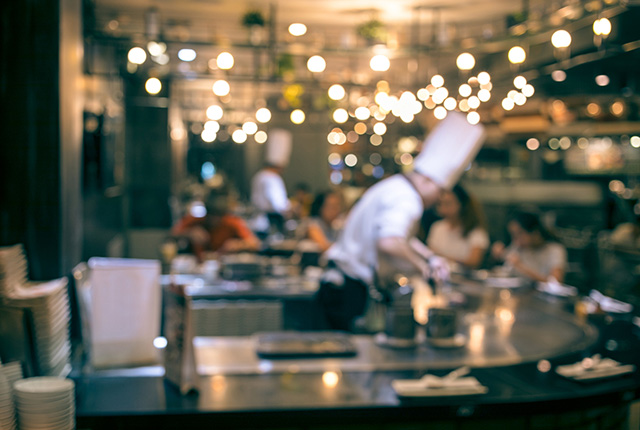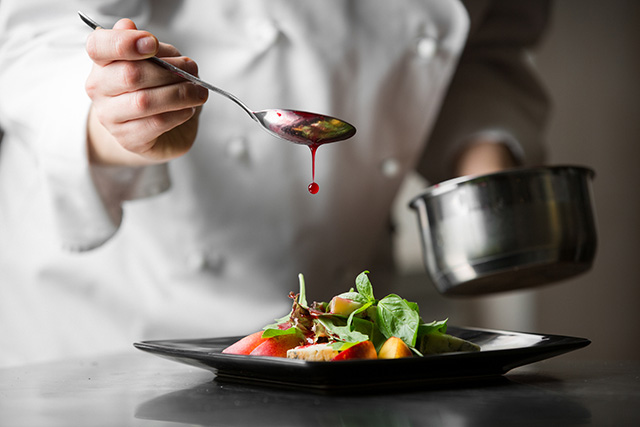Conduction Principles and the Integrity of Your Food

Whether you're a professional cook or cooking at home, chances are you'll need to hold your food before serving it. Understanding the science of cooking - in this case, heat transfer - will help you accomplish your food service tasks more easily and efficiently. If you're looking for a reliable way to keep your food warm until serving time without overcooking it, consider these principles.
Heat Transfer via Conduction
Heat energy gets transferred from one object to another in three different ways: radiation, convection, and conduction.
Radiation occurs when a heat source transfers heat to an object without touching the object, like food under warming lights.
Convection uses currents created by rising warm molecules and sinking cool molecules, like boiling water.
Conduction is different because it requires direct contact between the heat source and the object being heated, like cooking food in a pan.
Conduction is the slowest mechanism of heat transfer. The conductivity of an object determines how quickly conduction takes place. Certain objects are good conductors - like certain metals - while others are poor conductors - like food.
Conduction in Cooking
When you're cooking, conduction is always at work, as a primary or secondary mechanism.
Conduction primary: A pan heats through direct contact with the fire, and the food receives heat through its direct contact with the pan.
Conduction secondary to convection: The boiling water that poaches your eggs is not in direct contact with the flame that heats it; but as convection heats the water, conduction transfers heat to the egg.
Conduction secondary to radiation: When you grill a steak, it not only cooks via the radiant heat from the coals, but it also receives heat via conduction through contact with the hot grate.
Reliable Warming via Conduction
Now back to holding food until serving time. How does conduction help? It can allow you to keep food at a constant temperature, keeping the food warm but not cooking it further. The trick is to keep the food's container, or the air around the food, at a constant temperature, so the food neither gains nor loses heat.
You can accomplish this in your oven or on your cooktop with very accurate temperature controls and adjustments made for the conductivity of the vessel holding your food. Of course, a food warming device - like a steam table, or holding cabinet - would make this task much easier.
Whichever method or device you choose, we hope you find these conduction principles helpful for maintaining the integrity of your food. If you have questions or comments, please contact us.

Posted in: Innovation